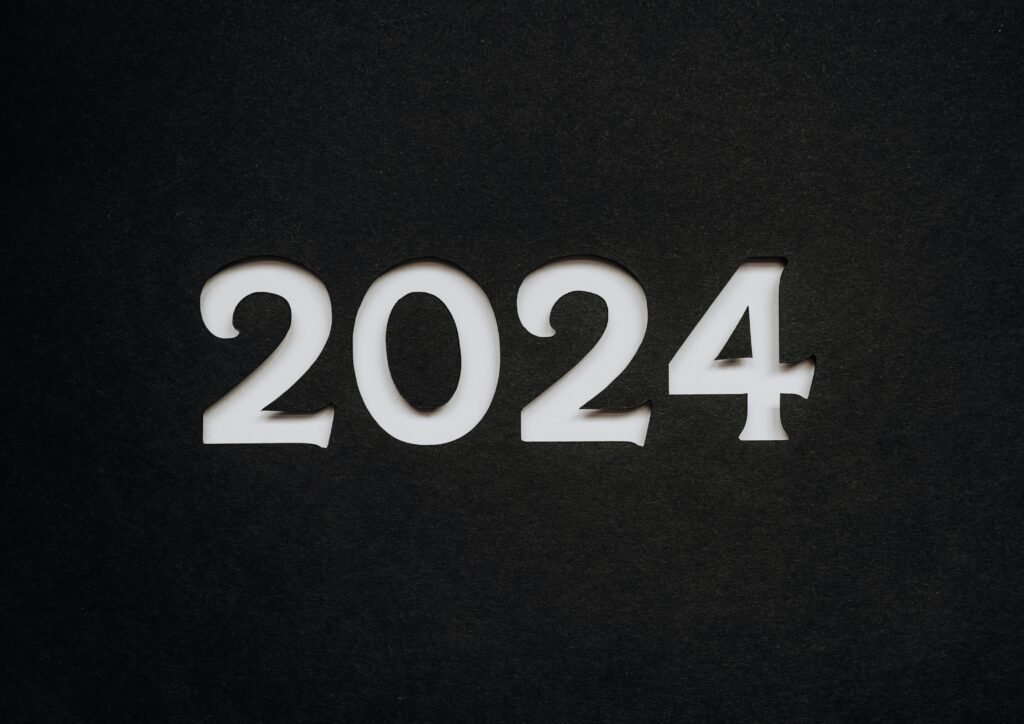Standard Chartered has raised its year-end price forecast for Ethereum to $7,500, citing a powerful mix of ETF inflows, corporate treasury adoption, and protocol upgrades. Geoff Kendrick, the bank’s Head of Digital Assets Research, says ETH could reach $25,000 by 2028 if current trends hold. The call lands as institutional accumulation accelerates through U.S. ETH ETFs and direct purchases, and as the ETH/BTC ratio climbs toward one-year highs. The Standard Chartered Ethereum $7,500 price target reinforces a growing belief that Ethereum’s yield and utility can drive the next leg of the cycle.
Bullish price forecast
Kendrick’s upgrade moves the Standard Chartered Ethereum $7,500 price target from a prior $4,000 view, positioning ETH as a core institutional asset into year-end. The thesis blends on-chain activity with market structure shifts, including rising staking yields and expanding DeFi utility. The bank’s 2028 $25,000 forecast hinges on continued user growth, fee compression via L2s, and stronger demand from funds and treasuries. The Standard Chartered Ethereum $7,500 price target also assumes a supportive macro backdrop and steady regulatory progress.
ETF inflows momentum
U.S. ETH ETFs have delivered consistent ETF inflows, signaling sticky demand from pensions, RIAs, and multi-asset funds. That institutional accumulation matters: it deepens liquidity, tightens spreads, and normalizes ETH allocations in traditional portfolios. While spot ETFs do not pass staking yields to holders, they act as low-friction pipes for mainstream exposure. The Standard Chartered Ethereum $7,500 price target leans on this flow picture, with room for larger mandates as compliance teams grow comfortable with custody and pricing.
Corporate treasury adoption rises
Corporate treasury adoption is picking up, with executives eyeing ETH for diversification and yield. Unlike ETFs, balance-sheet purchases can capture staking yields and deploy capital into selective DeFi utility. That additional return stream may make ETH a more compelling reserve asset than non-yielding BTC for some corporates. Recent programs and treasury pilots point to multi-billion-dollar pipelines. The Standard Chartered Ethereum $7,500 price target factors in this bid alongside institutional rotation from BTC to ETH.
Staking yields and DeFi
Staking yields transform ETH from pure beta into a productive asset. Base rewards plus priority fees create a natural carry, while careful DeFi utility can add incremental return. For long-term allocators, this yield helps offset drawdowns and smooths volatility. It also incentivizes holding through upgrades and adoption cycles. This is a key pillar behind the Standard Chartered Ethereum $7,500 price target and the 2028 $25,000 forecast.
Stablecoin regulation tailwinds
Stablecoin regulation is tightening in major markets, with frameworks that emphasize reserves, disclosures, and bank-grade oversight. Clearer rules tend to benefit Ethereum due to its deep stablecoin liquidity and developer base. As compliant stablecoins scale, on-chain settlements, payments, and tokenized assets move faster. These flows can lift fees, activity, and demand for blockspace—supportive inputs to the Standard Chartered Ethereum $7,500 price target.
Protocol scaling upgrades
Upcoming protocol scaling upgrades aim to cut fees and boost throughput across rollups and the L2 ecosystem. Cheaper transactions expand use cases from payments to gaming, while improving UX across wallets and dApps. Broader ecosystem support is growing too: Google Cloud is enhancing blockchain tooling for L1 and L2 builders, MetaMask is streamlining logins and fiat ramps, and Gemini supports staking access for compliant users. Together, these improvements strengthen the network effects behind Ethereum and the bank’s price forecast.
ETH/BTC ratio and rotation
The ETH/BTC ratio near one-year highs signals institutional rotation toward ETH. Drivers include staking yields, improving fee markets, and a maturing DeFi stack. Funds rebalancing from BTC into ETH often cite optionality across rollups, RWAs, and stablecoin settlements. This relative strength is consistent with the Standard Chartered Ethereum $7,500 price target, as flows compound into year-end.
Price forecast risks
Every forecast carries risk. Delays to protocol scaling upgrades, slower ETF inflows, or adverse policy shifts could hit sentiment. Yield compression from lower on-chain activity might also reduce the carry appeal. And if liquidity tightens or macro volatility spikes, ETH can move sharply. These factors could challenge the Standard Chartered Ethereum $7,500 price target, even if the long-term 2028 $25,000 forecast remains intact.
ETH trading takeaways
For traders, the setup favors dips into support while ETF inflows remain positive. Watch the ETH/BTC ratio for confirmation of institutional rotation, and track weekly U.S. ETH ETFs flows for momentum signals. Monitor staking yields, L2 fees, and top wallet activity through MetaMask and major exchanges like Gemini. If corporate treasury adoption expands, that could add a steady bid. These signals align with the Standard Chartered Ethereum $7,500 price target through year-end.
Frequently asked questions about Standard Chartered Ethereum $7,500 price target (FAQ)
Who made the new ETH price forecast?
Standard Chartered’s Geoff Kendrick raised the price forecast, setting a year-end target of $7,500 and a 2028 $25,000 forecast.
Why is ETH favored over BTC in this view?
Staking yields, DeFi utility, and scaling upgrades give ETH a yield-plus-utility profile. That supports institutional rotation and a stronger ETH/BTC ratio.
Do U.S. ETH ETFs pass on staking yields?
No. U.S. ETH ETFs provide exposure but do not share staking yields. Corporates and some institutions may buy spot ETH to capture yields directly.
What could derail the $7,500 target?
Weaker ETF inflows, upgrade delays, tighter liquidity, or negative policy shifts on stablecoin regulation and market structure could slow momentum.
Which infrastructure players matter here?
Google Cloud for developer tooling, MetaMask for user access, and Gemini for compliant staking and custody are all part of the adoption flywheel.



